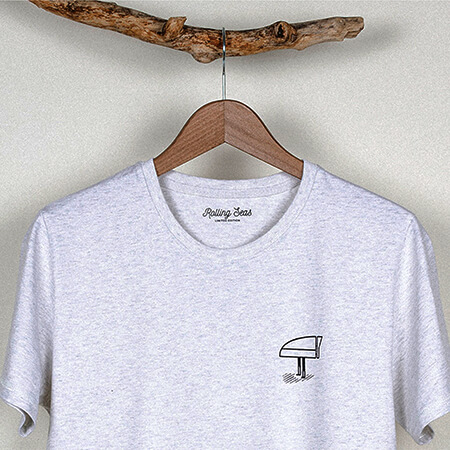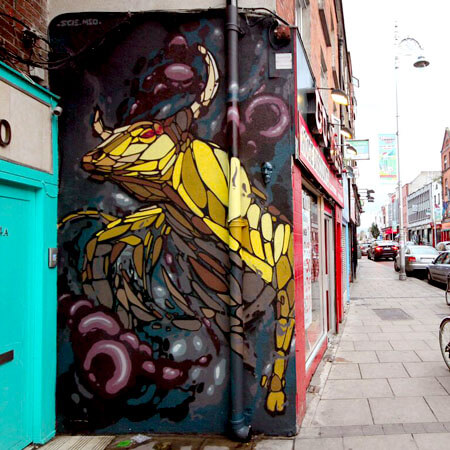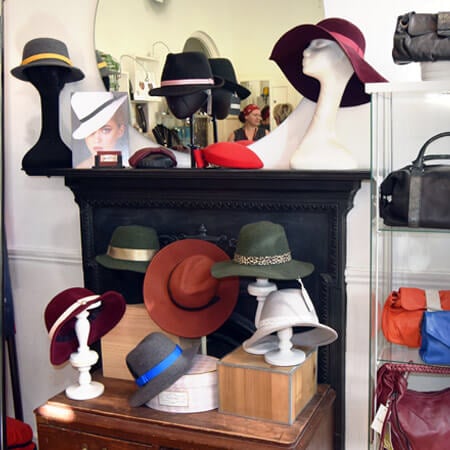Barbershop culture is on the rise in Dublin. Barbershops are becoming cultural hotspots. Places you can go not only for a haircut, but for music, design or even a whiskey.
By taking the best of New York’s barbershops and adding a touch of creativity and an Irish welcome, Sean Bryan of Cut & Sew has built his business from one chair in the basement of a record shop to four stores around Dublin city.
And he isn’t finished yet. Dublin.ie caught up with Sean to hear about the story behind his success.
Starting Cut & Sew barbers
Sean left school after third year and started a carpentry apprenticeship. However, that didn’t work out, so he turned his hand to hairdressing.
“That sounds a bit mad. From working on a building site to go to hairdressing,” Sean laughs.

Sean Bryan of Cut & Sew
Yet, go inside any of his barbershops – which he designs – and it’s easy to see how the two have come together.
Cut & Sew shops are instantly recognisable. Pared-back, industrial, monochromatic and decorated with a combination of the rediscovered, the salvaged and the modern.
Sean qualified at some of the best salons in Dublin, cutting and colouring women’s hair.
After a while, he also started to build up a male client base. He was sceptical at first, but he soon came to enjoy the “instant gratification” that comes with cutting men’s hair. “Within half an hour, a lad could look ten times better,” he says.
I think people thought it was meant to look like that.
It was during the recession that Sean started to question what he was doing. “I wasn’t staying anywhere longer than six months. I had no money or savings,” he says. “People were getting creative, because they had no other choices available.”
One day, he was casually chatting with a friend. “I said I’d love to do a barbershop. And he said he’d love to do t-shirts,” Sean explains. And so Cut & Sew was born.
From one chair to four shops
It started in the basement of All City Records on Crow Street in Temple Bar. Sean had gotten to know the owner, Olan, from buying records and spray paints in his shop. Olan gave him the opportunity he needed.
“We didn’t need that much capital,” Sean says. “Using the carpentry, I built things from wooden boxes that Olan had lying around. I painted the walls turquoise green, got a piece of sh*t chair, the cheapest gown I could get and a back mirror. I think people thought it was meant to look like that – kind of ‘Berlin-y’, like it looks a mess but it’s cool.”



